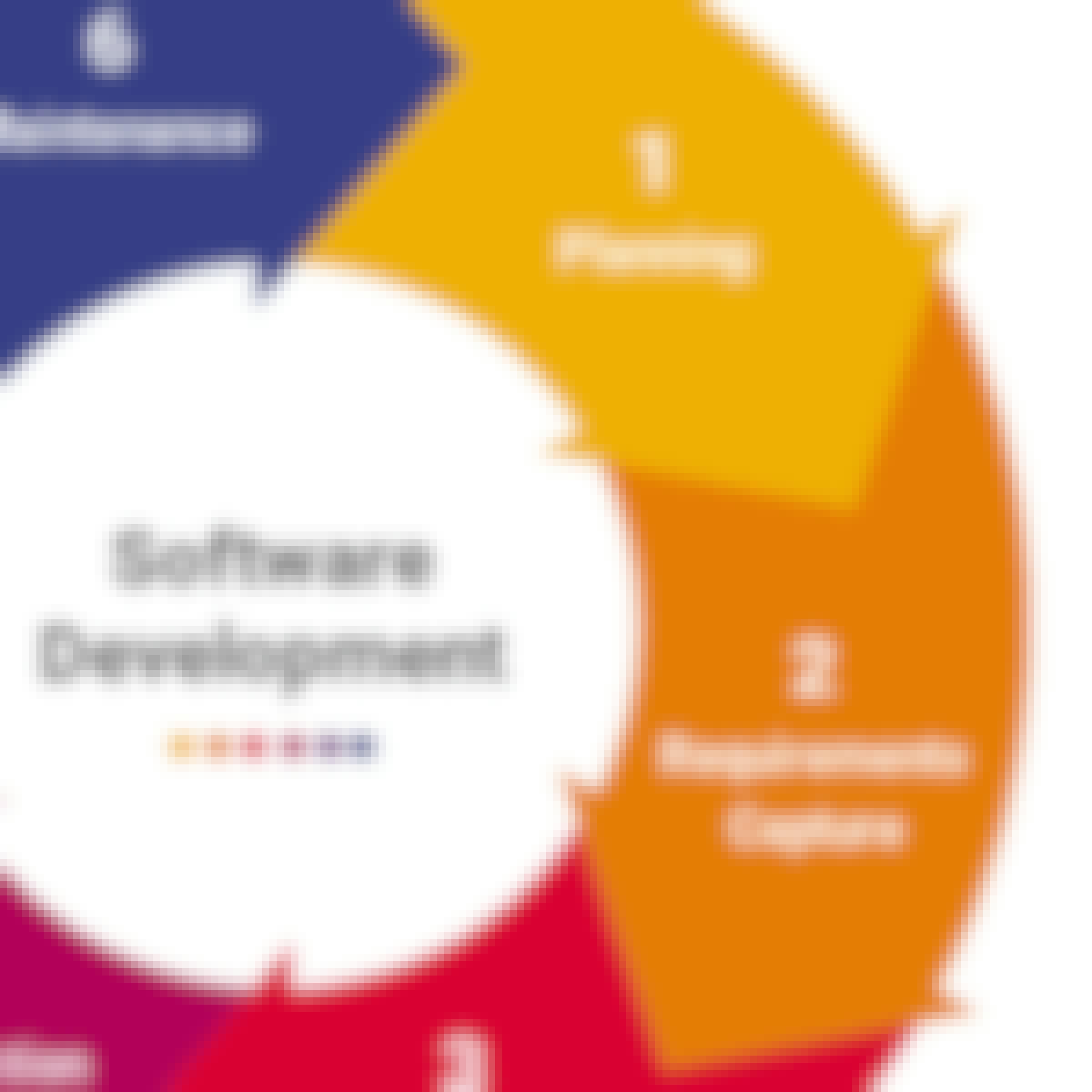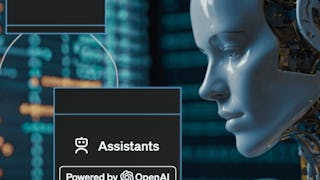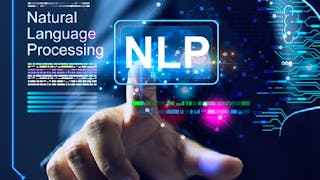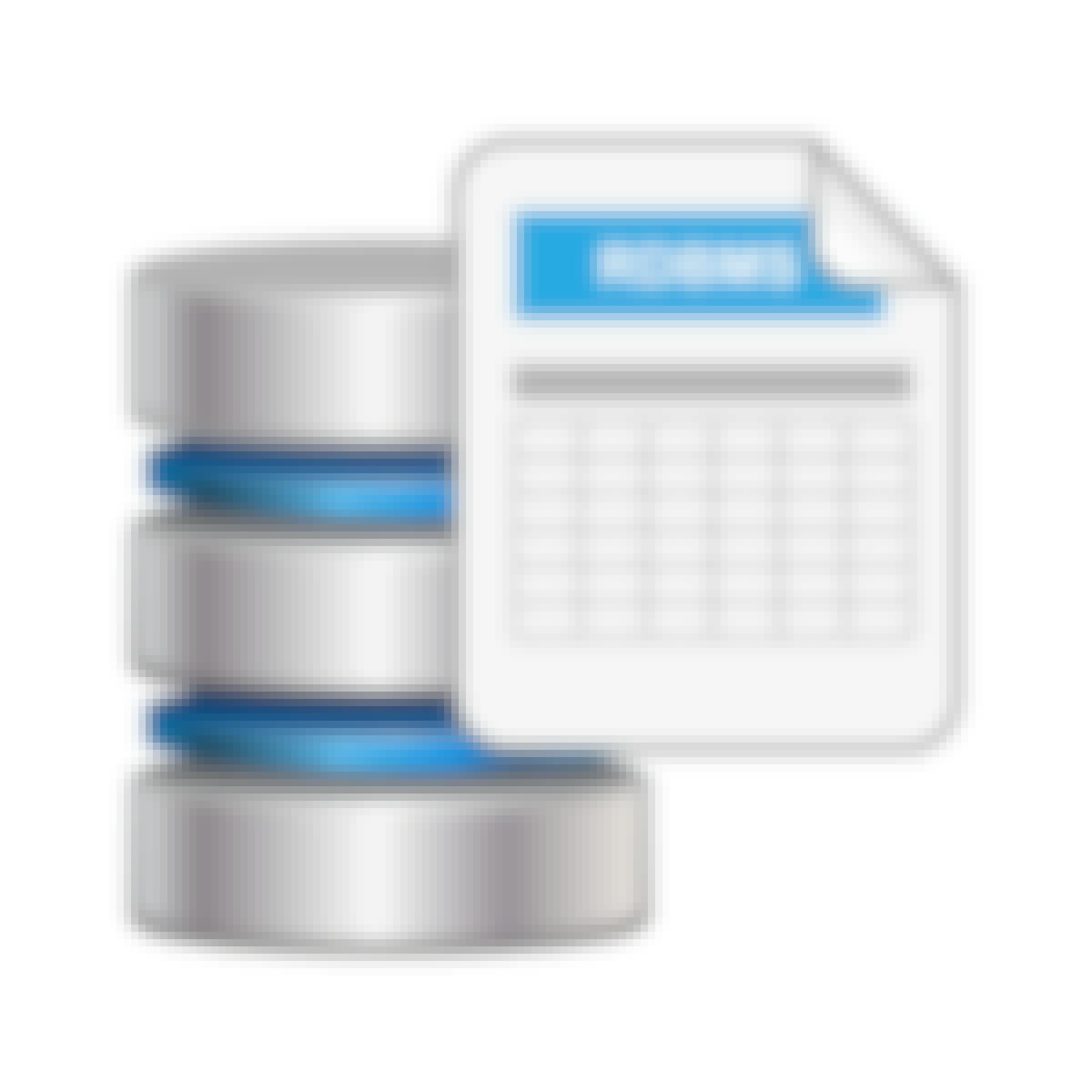Filter by
SubjectRequired
LanguageRequired
The language used throughout the course, in both instruction and assessments.
Learning ProductRequired
LevelRequired
DurationRequired
SkillsRequired
SubtitlesRequired
EducatorRequired
Explore the UML Diagram Course Catalog
 Status: Free Trial
Status: Free TrialThe Hong Kong University of Science and Technology
Skills you'll gain: Requirements Analysis, Unified Modeling Language, Object Oriented Design, Functional Requirement, Data Modeling, Systems Analysis, Object Oriented Programming (OOP), Systems Development Life Cycle, System Requirements, Software Development, Software Engineering, Software Systems, Project Planning, Project Management
 Status: Preview
Status: PreviewUniversidad de los Andes
Skills you'll gain: Unified Modeling Language, Software Visualization, Software Design, Object Oriented Design, Software Documentation, Requirements Analysis
 Status: Free
Status: FreeCoursera Project Network
Skills you'll gain: ChatGPT, Unified Modeling Language, OpenAI, Generative AI, Prompt Engineering, Software Visualization, Software Design Documents, Technical Communication, User Story, Application Programming Interface (API), Software Development
 Status: Preview
Status: PreviewStarweaver
Skills you'll gain: Business Workflow Analysis, Workflow Management, Process Improvement, Project Scoping, Process Management, Business Process Management, Business Analysis, Service Design, System Design and Implementation, Business Management, Dataflow, Stakeholder Engagement, Stakeholder Communications
 Status: Free Trial
Status: Free TrialUniversity of California, Davis
Skills you'll gain: Data Governance, SQL, Data Quality, Database Design, Query Languages, Data Manipulation, Data Modeling, Relational Databases, Data Science, Data Analysis, Data Cleansing
 Status: NewStatus: Free Trial
Status: NewStatus: Free TrialSkills you'll gain: Natural Language Processing, Large Language Modeling, Data Ethics, Text Mining, PyTorch (Machine Learning Library), Applied Machine Learning, Artificial Neural Networks, Tensorflow, Artificial Intelligence and Machine Learning (AI/ML), Deep Learning, Machine Learning Methods, Data Processing, Artificial Intelligence, Time Series Analysis and Forecasting, Machine Learning, Data Analysis, Unstructured Data, Data Cleansing, Unified Modeling Language, Machine Learning Algorithms
What brings you to Coursera today?
 Status: Free Trial
Status: Free TrialSkills you'll gain: Database Design, MySQL, IBM DB2, Relational Databases, Databases, Database Management Systems, PostgreSQL, Data Management, Database Architecture and Administration, SQL, Data Integrity, Data Modeling, Data Manipulation, Command-Line Interface
 Status: Free Trial
Status: Free TrialUniversity of Alberta
Skills you'll gain: Software Architecture, Model View Controller, Unified Modeling Language, Object Oriented Design, Service Oriented Architecture, API Design, Systems Architecture, Web Services, Software Design Patterns, Software Design, Simple Object Access Protocol (SOAP), Microservices, Restful API, Software Visualization, Code Review, Solution Architecture, Software Systems, Object Oriented Programming (OOP), Software Development, Java

University of Colorado Boulder
Skills you'll gain: Object Oriented Design, User Story, Real-Time Operating Systems, Systems Engineering, Field-Programmable Gate Array (FPGA), New Product Development, Delegation Skills, Sampling (Statistics), Supplier Management, Failure Analysis, Sustainability Reporting, Accountability, Data Ethics, Data Mining, Statistical Modeling, Unsupervised Learning, Proposal Writing, Generative AI, Process Capability, Diversity Equity and Inclusion Initiatives
 Status: NewStatus: Free Trial
Status: NewStatus: Free TrialCoursera Instructor Network
Skills you'll gain: Product Lifecycle Management, Product Flow Diagram, Competitive Analysis, Product Strategy, Innovation, Design Thinking, Process Flow Diagrams, Ideation, New Product Development, Customer Insights, Go To Market Strategy, Product Management, Product Development, Product Planning, Strategic Prioritization, Market Analysis, Prototyping, Agile Product Development, Generative AI, Strategic Planning
 Status: NewStatus: Free Trial
Status: NewStatus: Free TrialSkills you'll gain: Extract, Transform, Load, Data Validation, Data Transformation, Applied Machine Learning, Object-Relational Mapping, Data Wrangling, Data Cleansing, Data Manipulation, Data Integration, Web Scraping, Data Quality, Data Processing, Data Pipelines, Pandas (Python Package), Data Modeling, Data Science, Python Programming, Scikit Learn (Machine Learning Library), Extensible Markup Language (XML), Data Analysis
 Status: Free Trial
Status: Free TrialSkills you'll gain: Data Modeling, Stakeholder Engagement, Database Design, Dashboard, Business Intelligence, Extract, Transform, Load, Tableau Software, Data Warehousing, Stakeholder Communications, Data Pipelines, Interactive Data Visualization, Data Integrity, Data Visualization, Interviewing Skills, Applicant Tracking Systems, Business Process, Business Analysis, Professional Development, Data Analysis, SQL
UML Diagram learners also search
In summary, here are 10 of our most popular uml diagram courses
- Software Engineering: Modeling Software Systems using UML: The Hong Kong University of Science and Technology
- Introducción a UML: Universidad de los Andes
- OpenAI Assistant: Create a Code to UML-Diagram generator: Coursera Project Network
- Business Process Modelling: Starweaver
- SQL for Data Science: University of California, Davis
- Mastering NLP: Tokenization, Sentiment Analysis & Neural MT: Edureka
- Introduction to Relational Databases (RDBMS): IBM
- Software Design and Architecture: University of Alberta
- Master of Science in Electrical and Computer Engineering: University of Colorado Boulder
- Product Strategy in the age of GenAI: Coursera Instructor Network










